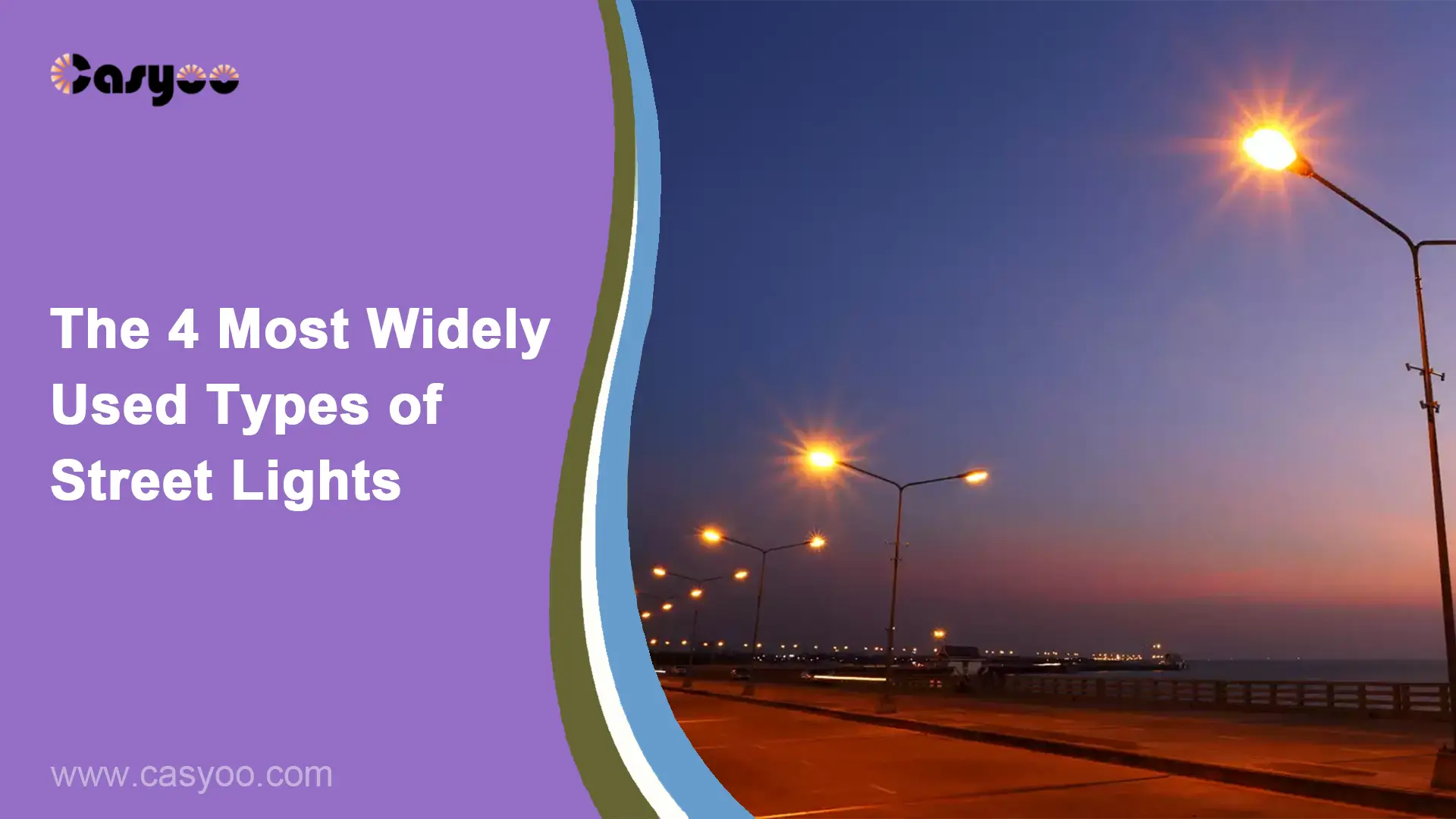As cities advance, lighting goes beyond just providing illumination; it’s a crucial factor in defining a city’s character and improving the quality of life. Choosing the right street lights for different areas is essential for the future of a city. In the following passage, we’ll discuss the pros, cons, and applications of the four most widely used types: metal halide street lights, high pressure sodium street lights, LED street lights, and Solar powered street lights. We’ll also highlight what other types lack in comparison.
Metal halide street lights
Metal halide street light is a high-intensity discharge lamp that emits light by exciting metal halide under high pressure to produce high-brightness white light.
Advantages:
- The white light metal halide street lights emit is bright and has excellent CRI.
- Metal halide street lights have higher energy efficiency (60–120 lm/W) compared to some traditional technologies.
- It has a long service life (10,000–20,000 hours).
Disadvantages:
- Metal halide street lights take 5–10 minutes to reach full brightness.
- Its light output may decrease over time.
- The components of metal halide street lights are relatively large and heavy.
Applications:
Sports fields, squares, and large public areas
Metal halide street lights are ideal for vast outdoor spaces that need high brightness since they produce white light with good CRI.
High pressure sodium street lights
High pressure sodium lamps are also a type of gas discharge lamps. It transmits an electric current through sodium vapor at high pressure, stimulating the sodium vapor to create yellow light.
Advantages:
- High pressure sodium lamps produce brighter light and are better for long-distance lighting.
- High pressure sodium lights can achieve an efficiency of 80–150 lm/W.
- A relatively long service life that ranges from 10,000 to 24,000 hours
- The price of them is cheap.
Disadvantages:
- High-pressure sodium lamps mainly emit yellow light, and their CRI is low.
- High-pressure sodium lamps take a certain amount of time to reach full brightness after starting, usually between 5 and 10 minutes.
- The emitted spectrum is uneven, mainly concentrated in yellow and orange.
Applications:
Street lighting, city roads, and highways
High pressure sodium lamps produce warm yellow light and have a great energy efficiency. They are suitable for outdoor places that require a balance between brightness and energy efficiency.
LED street lights
LED street lights are a cutting-edge lighting technology that employs light emitting diodes as light sources. In the field of street lighting, LED street lights are gaining popularity and are gradually displacing many conventional lighting options.
Advantages:
- LED street lights provide bright lighting with low energy consumption. They have an efficiency of 80–200 lm/W.
- Long lifespan (over 25,000 hours).
- Adjustable color temperatures and brightness
- LED street lights do not contain harmful substances such as mercury and can effectively use energy to protect the environment.
Disadvantages:
- Higher initial investment
- Slight light decay after long-term use
Applications:
Almost all scenes, including street, square, and architectural lighting.
Casyoo LED street lights are extremely energy-efficient. They outperform other street lights in terms of lifespan, features, and versatility.
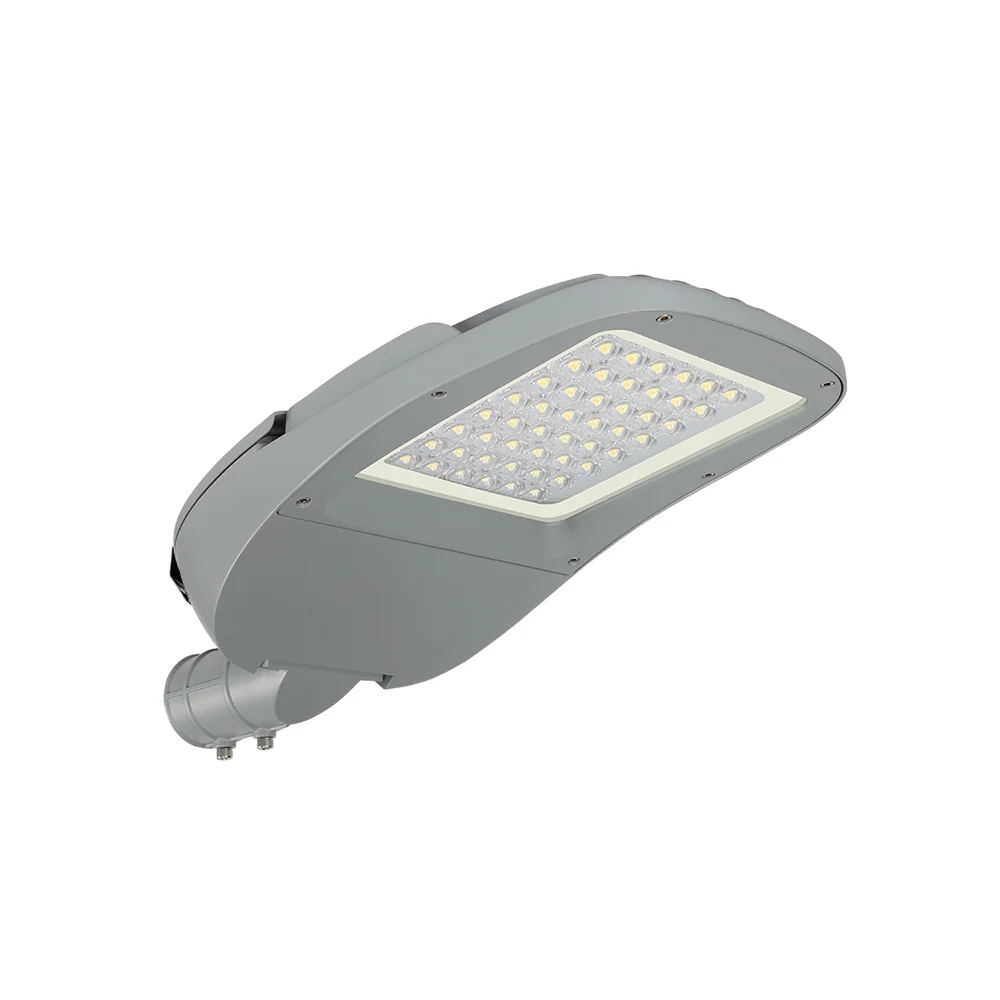
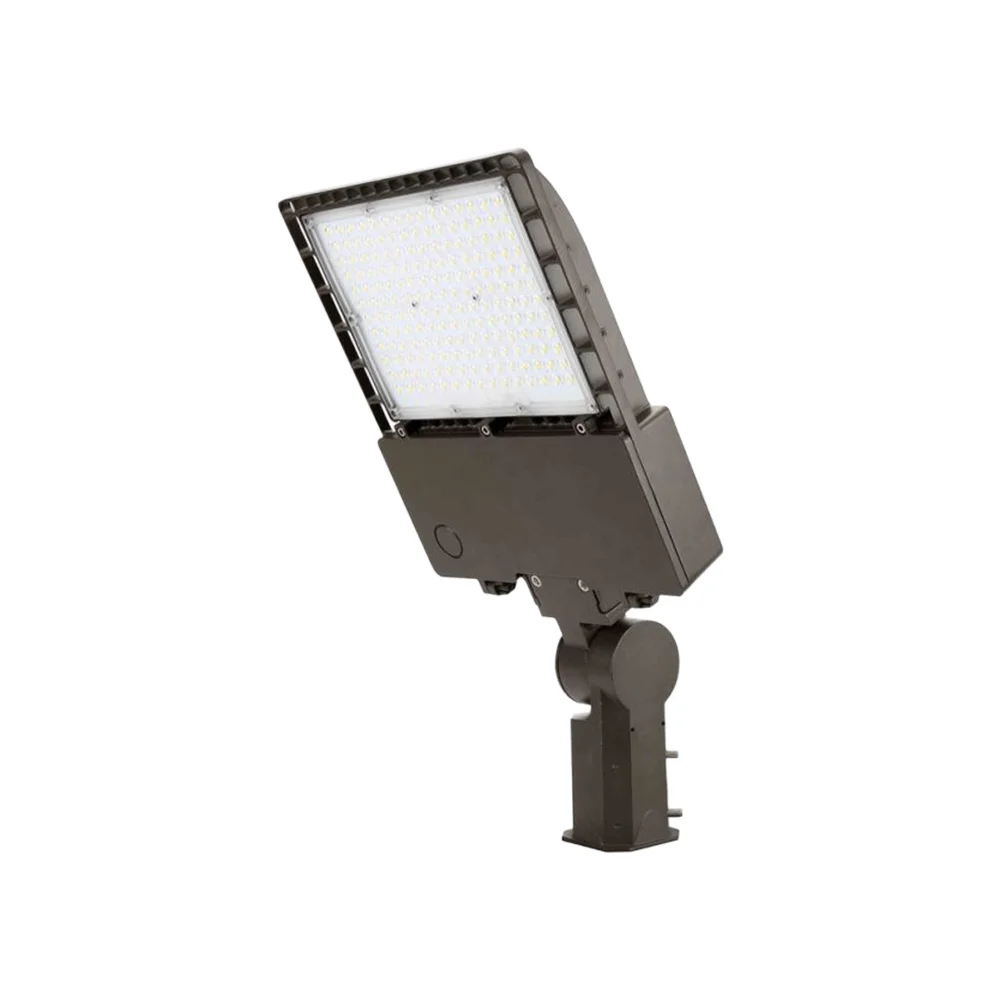
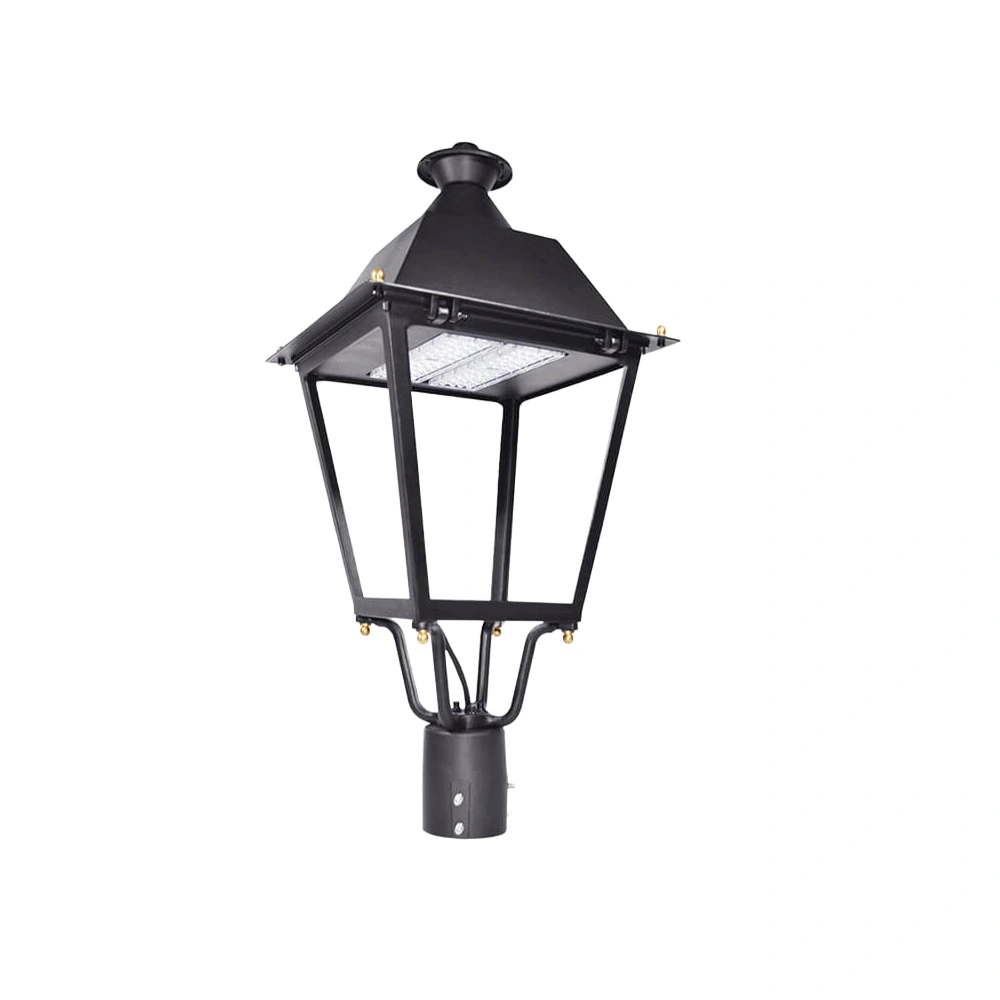
Solar powered street lights
Solar street lights convert sunlight into electrical energy, stores it in batteries, and then uses LED lights to illuminate at night or in low-light settings. This kind of street light usually includes solar panels, batteries, LED light sources and electronic control systems.
- Independent of traditional power grids and thus suitable for remote areas
- Lower long-term operating costs with no electricity bills
- Without laying cables, the installation and maintenance are simple.
Disadvantages:
- Higher equipment costs
- The Performance of solar street lights is affected by weather conditions.
- They may not provide sufficient brightness for areas requiring intense light.
Applications:
Remote areas, areas without power supply, and areas with high environmental protection needs
Solar street lights Use solar energy to generate electricity, so no external power source is required, making them suitable for providing lighting in remote areas.
What about other types of street lights?
Incandescent street lights have low energy efficiency. They waste a lot of energy because the majority of the electrical energy is transformed into heat rather than light. The substantial heat released makes the fragile glass shell prone to breakage, raising safety concerns and leading to bans in some countries.
Fluorescent street lights contain small amounts of mercury, posing potential environmental impact. They require time to reach maximum brightness upon startup, and frequent switching may shorten their lifespan.
Mercury vapor street lights take time to achieve full brightness. The bulbs operate at relatively high temperatures, and the presence of mercury raises environmental pollution concerns.
Induction street lamps, despite being an emerging technology, have limited widespread use due to high costs, large size, heavy weight, and complex maintenance requirements.
Phosphor-Converted Amber & Narrow-Band Amber street lights are primarily employed to mitigate light pollution, particularly minimizing the impact of nighttime illumination on animals. Consequently, these two types of lights are usually used in areas with heightened ecological protection needs, such as animal reserves.
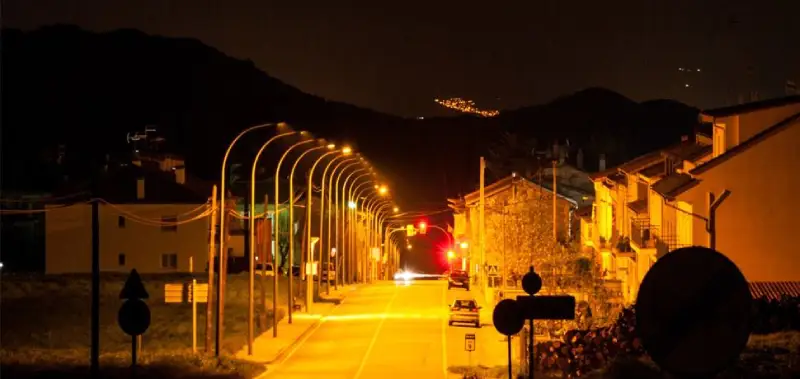
Conclusion
All in all, the most common types of street lights are metal halide street lights, high pressure sodium street lights, LED street lights, and solar powered street lights. While there are alternative street light types, they often exhibit notable drawbacks or lack suitability for common applications. Therefore, the four types highlighted in the passage emerge as prudent choices for delivering optimal performance in typical scenarios. It is possible to upgrade your lights to a better type. Contact us for an improved lighting solution!
